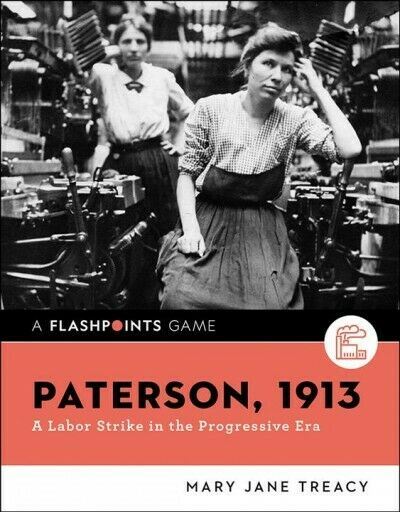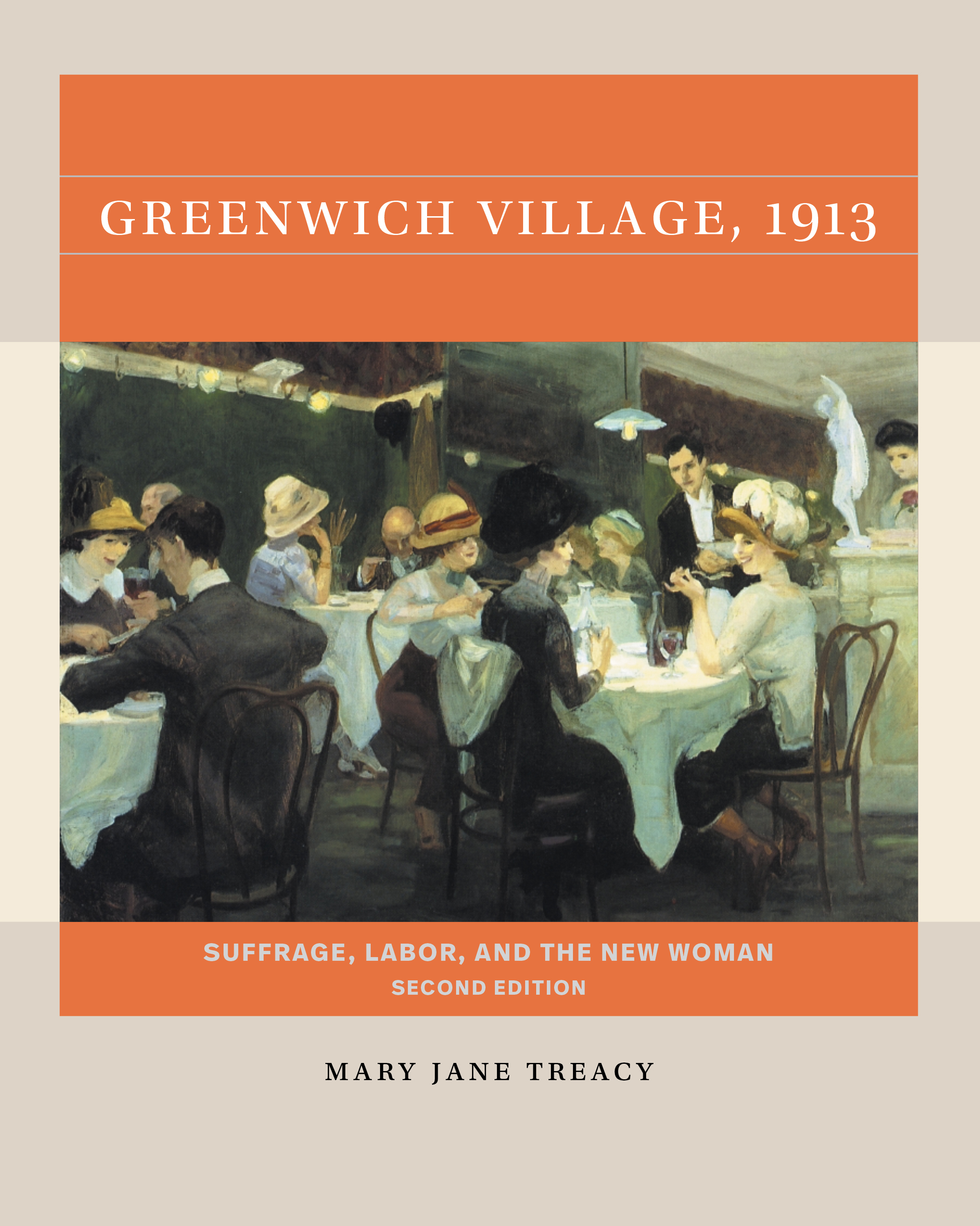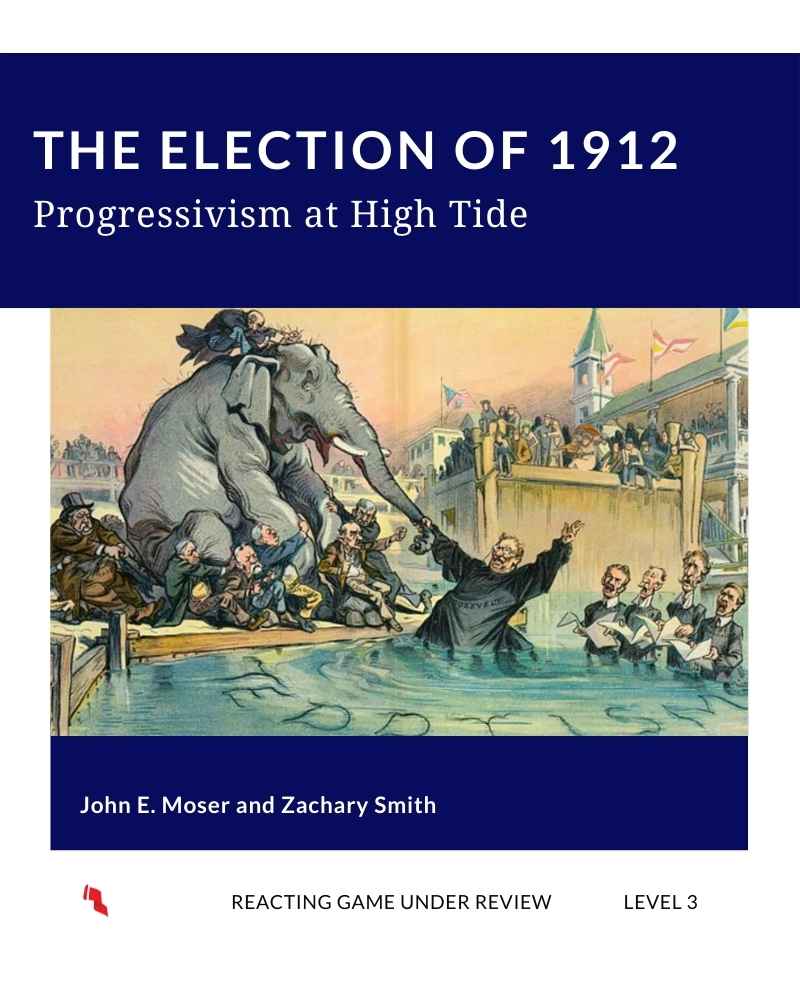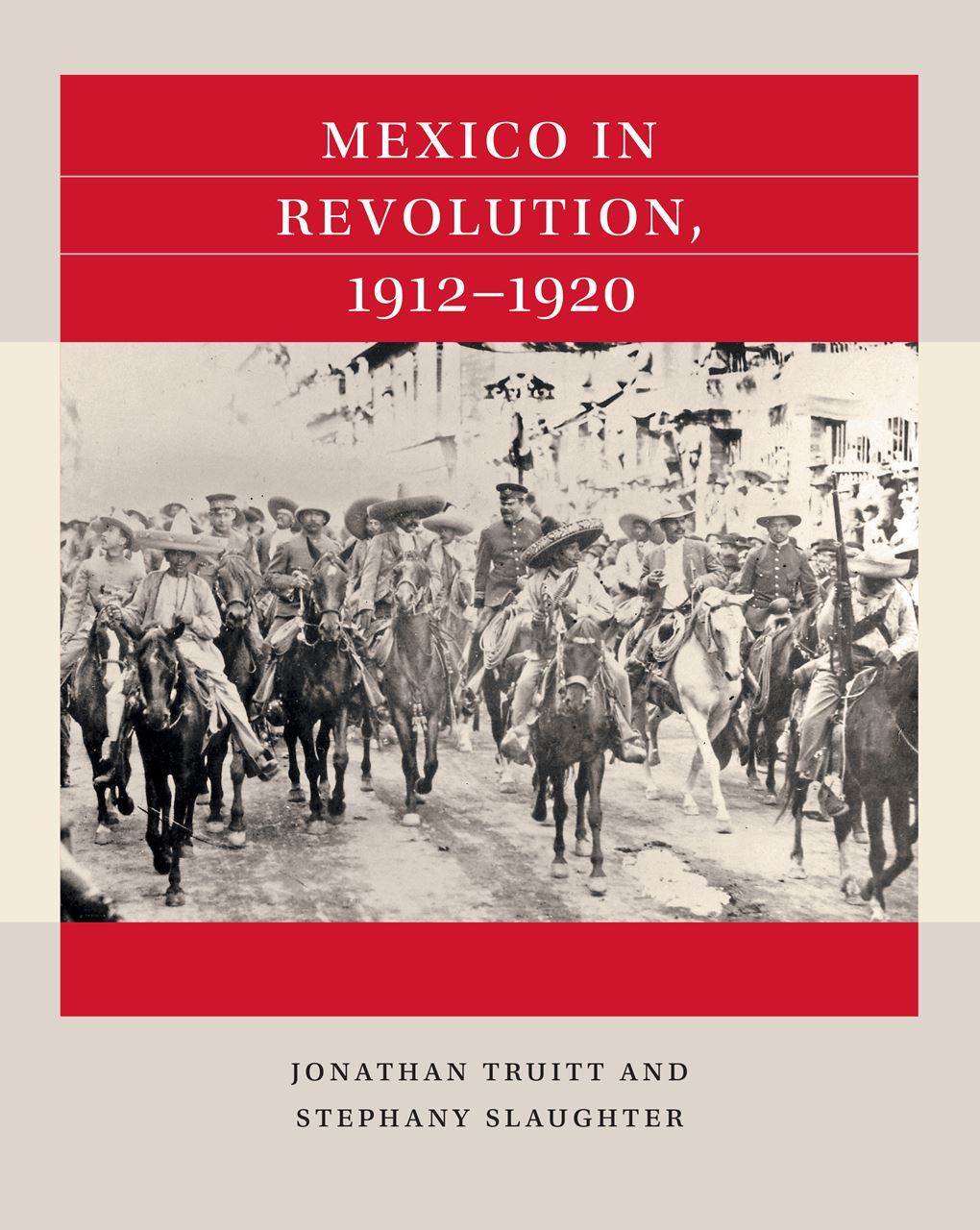When workers rebel... New technologies are changing the nation's silk industry, workers are losing ground, labor organizations are offering solutions from reformist to radical. A city's economy hangs in the balance: what will happen? What should happen? Can you save Paterson and its people? |
Details
|
Using the Game
Class Size and Scalability |
Gamebook Students need a Gamebook, which includes directions, resources, and historical content. The Paterson, 1913 Gamebook is published by W.W. Norton. ISBN: 978-0-393-53302-6 | Instructor's Manual The Instructor's Manual includes guidance for assigning roles, presenting historical context, assignments, activities and discussion topics, and more. | Role Sheets Students also need a Role Sheet, which contains biographical information, role-specific resources or assignments, and their character's secret victory objectives. |
Mary Jane Treacy Mary Jane Treacy is professor emerita of modern languages and literatures at Simmons College, where she was also director of the honors program. She has been involved with the Reacting to the Past pedagogy since 2005, when she played a minor spy in the court of Henry VIII and then set out to write Greenwich Village, 1913, for her course in the roots of feminism. She has taught Greenwich Village in both women’s and gender studies courses and first-year seminars. She is also author of a new Flashpoints game on a labor strike in Paterson, NJ, and a new game on the aftermath of political violence in Argentina. A member of the Editorial Board, she has the privilege of reading and play-testing new games that take her to all eras and parts of the world. |
Members can contact game authors directly if they have questions about using the game. We also invite instructors join our Facebook Faculty Lounge, where you'll find a wonderful community eager to help and answer questions.
|
|
|





